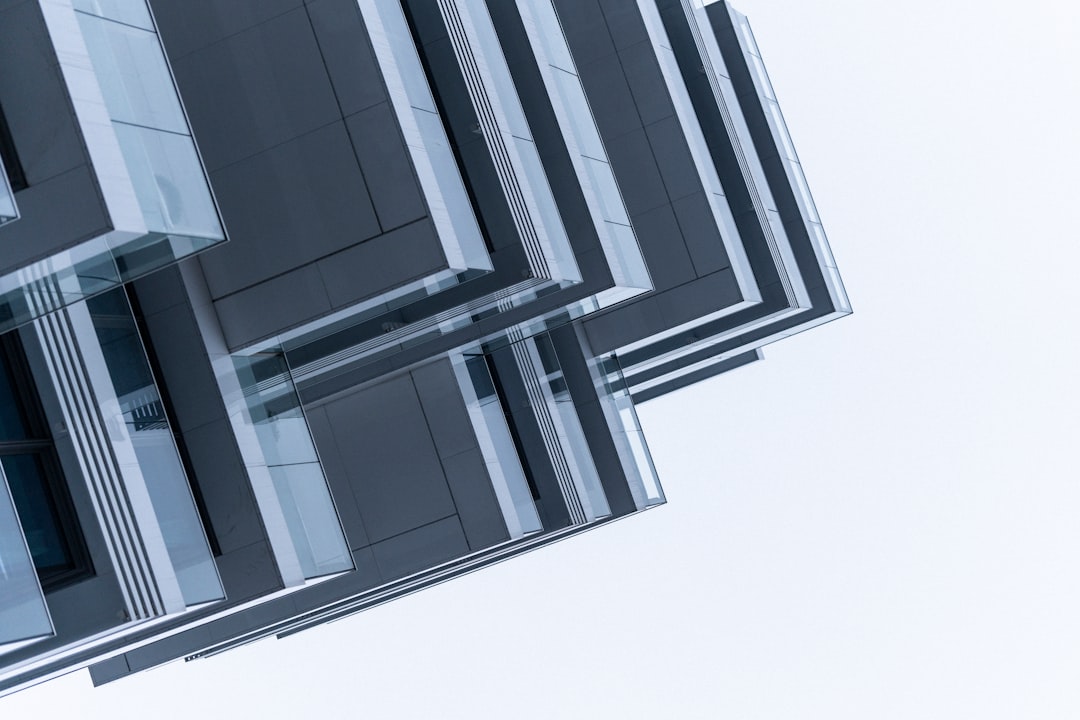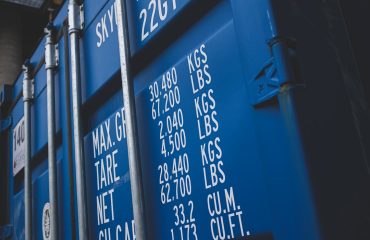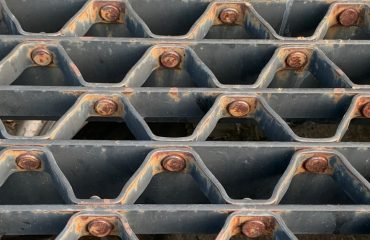body { font-family: sans-serif; line-height: 1.6; }
img { max-width: 100%; height: auto; display: block; margin: 20px auto; }
h1, h2 { color: #333; }
Steel, a ubiquitous material, quietly underpins the modern world. Its strength, durability, and versatility have made it an indispensable component in countless applications, from towering skyscrapers to intricate micro-components. This visual gallery explores the remarkable range of steel’s capabilities, showcasing its impact across various industries and demonstrating its enduring significance in shaping our built environment and technological advancements.
1. Steel in Construction: Skyscrapers and Beyond
Steel’s high tensile strength and ability to withstand immense loads make it the backbone of modern construction. Skyscrapers, a testament to human ingenuity and engineering prowess, rely heavily on steel frameworks to reach breathtaking heights. The image below showcases the intricate steel skeleton of a building under construction, highlighting the precision and complexity involved in creating these architectural marvels. Beyond skyscrapers, steel is equally crucial in smaller-scale constructions, including residential buildings, bridges, and industrial structures. Its use significantly reduces construction time, enhances structural integrity, and allows for innovative architectural designs that were previously unimaginable.

2. Steel in Infrastructure: Building a Connected World
The world’s infrastructure, the arteries and veins of our global society, heavily relies on steel’s robust nature. From sprawling highway overpasses to resilient railway tracks, steel provides the necessary strength and longevity to withstand the constant stresses of heavy traffic and environmental factors. The image below depicts a majestic steel bridge, demonstrating the elegant yet powerful application of steel in connecting communities and facilitating trade. Furthermore, steel plays a critical role in pipelines transporting vital resources like oil and gas, ensuring efficient and safe delivery across vast distances. Its corrosion resistance (when properly treated) makes it ideal for long-term infrastructure projects.

3. Steel in Manufacturing: Precision and Power
Steel’s malleability and ability to be shaped into intricate forms makes it a cornerstone of the manufacturing industry. From the intricate components of automobiles and machinery to the robust casings of industrial equipment, steel’s versatility is undeniable. The image below illustrates the precision machining of a steel component, showcasing the level of detail achievable with this material. The manufacturing process often involves various steel alloys, each tailored to specific requirements of strength, hardness, and corrosion resistance, offering manufacturers a wide range of options for their products.

4. Steel in Transportation: Mobility and Safety
The transportation sector relies heavily on steel’s strength and durability. Automobiles, trains, and ships all utilize steel extensively in their construction. The image below shows a section of a train carriage, highlighting the robust steel framework that protects passengers and ensures the vehicle’s structural integrity. Steel’s resistance to impacts and its ability to absorb energy are critical for passenger safety. Furthermore, the use of high-strength steel alloys in vehicles allows for lighter designs, leading to improved fuel efficiency and reduced emissions.

5. Emerging Applications of Steel: Innovation and Sustainability
The innovative spirit surrounding steel continues to push its boundaries. Advanced steel alloys are constantly being developed, offering improved strength-to-weight ratios, enhanced corrosion resistance, and superior durability. These advancements are leading to applications in fields such as renewable energy (wind turbines), aerospace (lightweight components), and medical technology (implants). The image below could showcase a wind turbine tower, highlighting the use of high-strength steel in renewable energy infrastructure. Moreover, the focus on sustainable steel production methods aims to reduce the carbon footprint of this essential material, making it an even more attractive option for future generations.

In conclusion, this visual gallery merely scratches the surface of steel’s vast applications. Its enduring strength, versatility, and ongoing innovation ensure its continued prominence in shaping our world for years to come. From the towering skyscrapers that define our skylines to the intricate components that power our technologies, steel stands as a testament to human ingenuity and a cornerstone of modern civilization.
Tags: steel applications, steel uses, steel construction, steel infrastructure, sustainable steel
“`
**Note:** Replace the placeholder image URLs (`placeholder-skyscraper.jpg`, `placeholder-bridge.jpg`, etc.) with actual image URLs. You will need to provide relevant images to complete the blog post.




